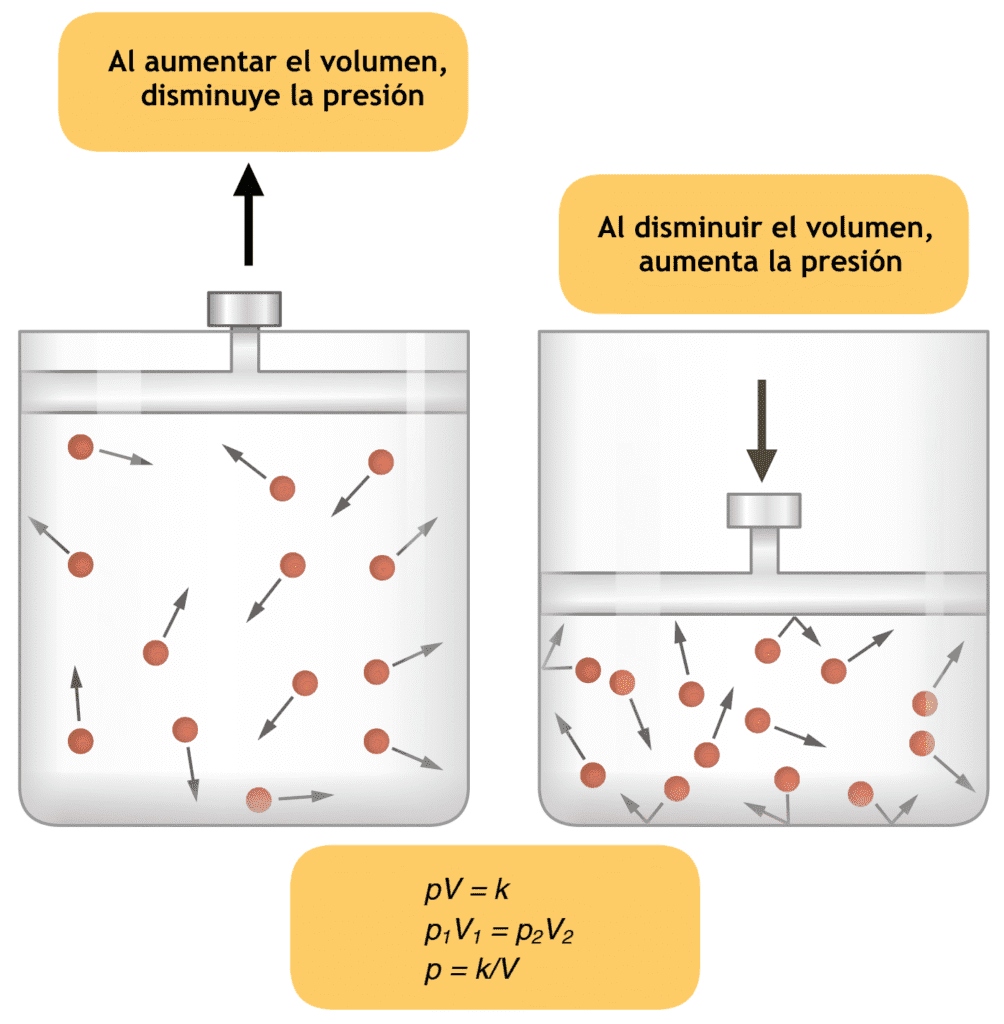The anesthesiologist should know that the essential element of an “anesthetic” for an Awake Craniotomy Anesthesia is the surgeon’s local anesthetic technique.
Craniotomy is required for removal of space occupying lesions, intracranial vascular pathologies and for drainage of extradural or intradural haematoma. Most important postoperative considerations are regulation of patient’s ICP status, maintenance of cerebral perfusion and to minimize the risk of venous air embolism (VAE), especially in meningiomas encroaching upon the posterior half of the saggital sinus and malignant gliomas. Patients undergoing resection or debulking for intracranial tumours can be safely extubated once they respond to commands. However, continuous supervision is mandatory because these patients are known to present with postoperative epileptic events.
The primary cortical evoked responses, which are recordable with most anesthetic techniques, result from the earliest electric activity generated by the cortical neurons and are thought to arise from the postcentral sulcus parietal neurons. The longer latency secondary cortical waves are thought to arise in the association cortex. These responses have much greater variability in an Awake Craniotomy Anesthesia patient, habituate rapidly on repetitive stimulation, and are only poorly reproducible during general anesthesia.
Other anticipated problems include: cerebral edema, haematoma formation, tension pneumocephalus, peripheral nerve injuries, upward transtentorial herniation and vessel occlusion. Prolonged bilateral retraction/irritation of inferior surface of frontal lobe can lead to disturbance of consciousness in the immediate postoperative period which is known as “Frontal Lobey”. Morbidity and mortality is high after craniotomy for intraparenchymal lesions located in the eloquent or deep areas of the brain. The reported incidence is 2.2% and 15% respectively.
Sedation cannot compensate for inadequate anesthesia of the scalp, as accomplished by nerve blocks, and pin site infiltration. Although the anesthesiologist can contribute enormously to the patient’s comfort and tolerance of the painful components of the procedure and the prolonged immobilization, the anesthesiologist must not get trapped into thinking that it is his or her responsibility to provide a general anesthetic-equivalent in a spontaneously breathing patient with an unprotected and all but inaccessible airway in Awake Craniotomy Anesthesia.

